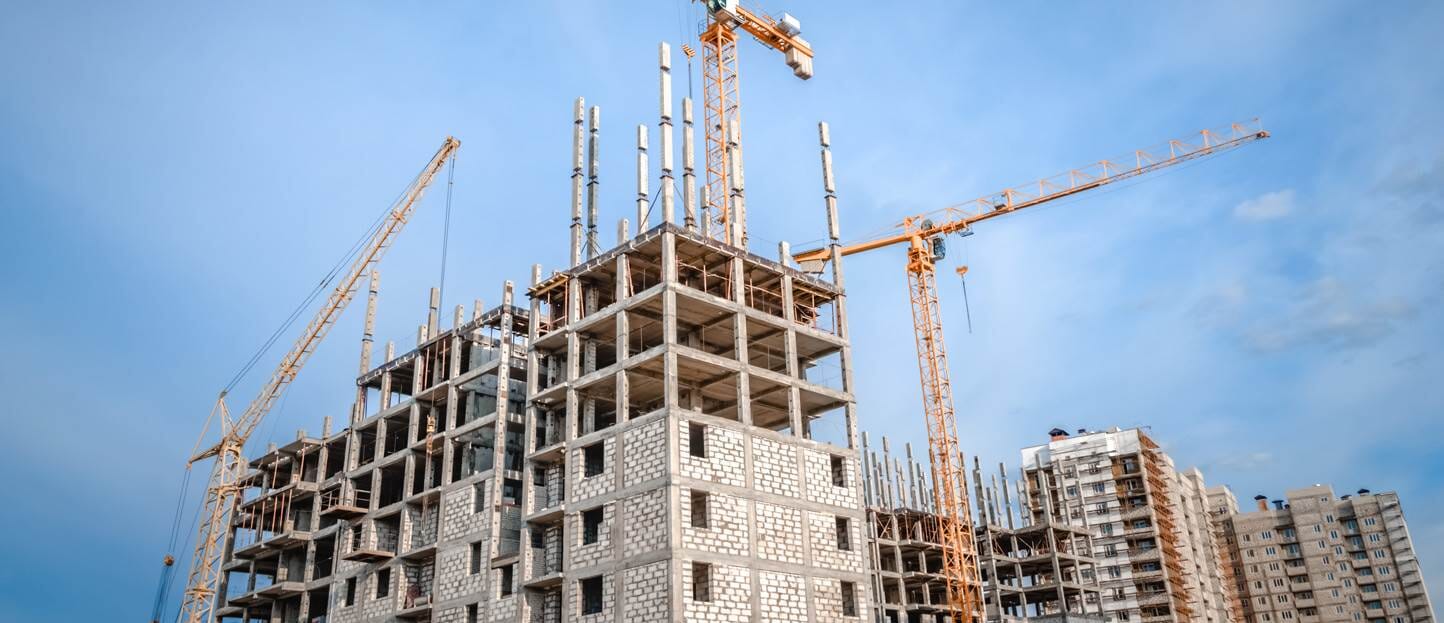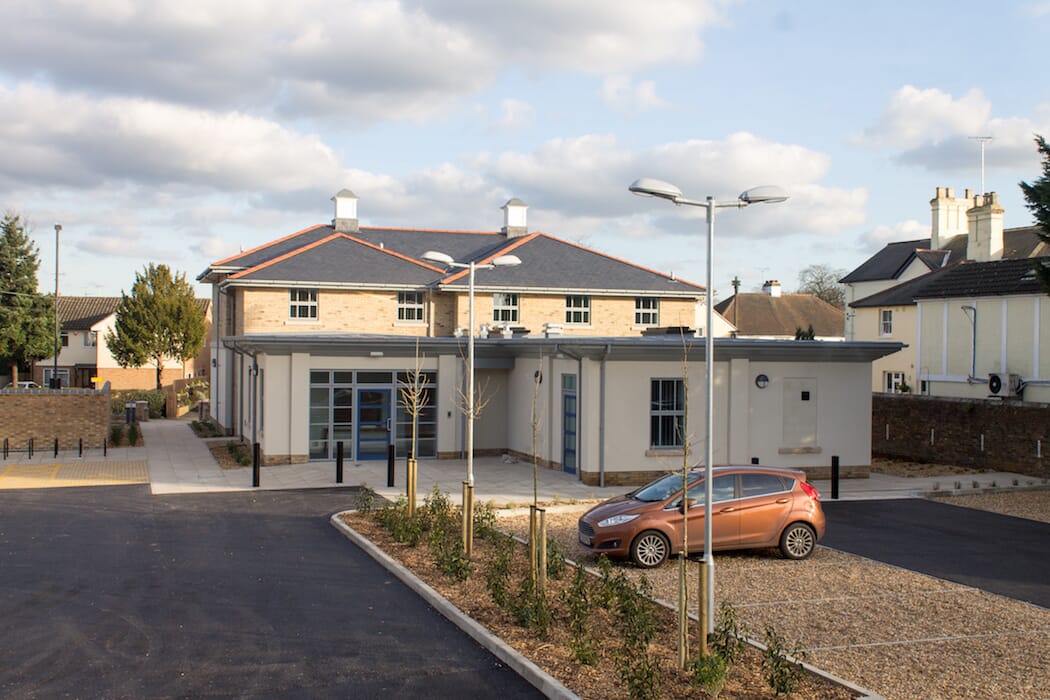BREEAM AP vs Assessor: How do their roles differ?
Looking to achieve BREEAM certification for your building? By enlisting the help of a BREEAM Accredited Professional (AP) or BREEAM Assessor, you stand the best chance of obtaining your target BREEAM rating.


Although the roles and responsibilities of a BREEAM Assessor and a BREEAM Accredited Professional (AP) may seem similar, they do serve distinct purposes. In this BREEAM AP vs Assessor comparison, we explore the responsibilities of each professional, and explain how working with both can help you boost your overall BREEAM score.

What is BREEAM?
The Building Research Establishment Environmental Assessment Method (BREEAM) is the world’s longest established method for assessing and certifying the sustainability of buildings. BREEAM-certified buildings set the benchmark for best practice in environmental design, with performance being measured across the following 10 categories:
- Energy
- Land use and ecology
- Water
- Health and wellbeing
- Pollution
- Transport
- Materials
- Waste
- Management
- Innovation
According to BRE, there are now 2.33 million BREEAM-registered buildings across 102 countries, with 610,000 having received certification to date. There are numerous environmental, economic, and social benefits associated with BREEAM certification, including reduced carbon emissions and lower operating costs. Read more about the benefits of BREEAM-certified buildings in our dedicated blog post.
What is a BREEAM AP?
A BREEAM Accredited Professional (AP) provides expert advice and guidance during the design, construction, and operation phases of your building. A BREEAM AP’s duties include:
- Setting sustainability targets in collaboration with your design team
- Advising on practical, cost-effective strategies to obtain BREEAM credits
- Monitoring progress against your wider sustainability goals
- Facilitating communication between your key stakeholders and the BREEAM Assessor
- Supplying additional evidence for submission to your BREEAM Assessor
Their role is divided into two categories: Design Stage and Construction Stage. If you’re pursuing AP credits during the Design Stage, we recommend appointing a BREEAM AP as early as possible. This ensures detailed input on your project’s sustainability performance and allows you to obtain early stage RIBA credits. If you’re appointing an AP for Construction Stage credits, your contractor is generally responsible for providing specialist advice at this phase.

What is a BREEAM Assessor?
Operating independently, a BREEAM Assessor’s primary role is to assess your project’s compliance with BREEAM criteria, before submitting it to BRE for certification. You should appoint a BREEAM Assessor during the early project stages and ensure they remain involved through to completion.
A BREEAM Assessor’s responsibilities include:
- Managing and conducting BREEAM assessments
- Reviewing and verifying evidence for each BREEAM credit
- Engaging with your project team to highlight any gaps or issues
- Submitting a final report to BRE for consideration
- Issuing you with your final BREEAM certificationUnlike a BREEAM AP, an Assessor’s role is mandatory for certification. They must also maintain an active BRE licence, undergo Quality Assurance audits for certified schemes, and hold Professional Indemnity Insurance.
So, can a BREEAM AP and Assessor be the same person? As our Director, Glenn Miles, remarks: “As long as the relevant qualifications and licenses are held, the BREEAM AP and Assessor can be the same person. If this is the case, it is up to that individual to demonstrate that there is no conflict of interest.”
Who can become a BREEAM AP or Assessor?
To become a BREEAM AP, you must:
- Complete your BRE AP training course and exams
- Have professional experience in the built environment (usually 3+ years)
- Be a member of a recognised professional institution, such as the Chartered Institution of Building Services Engineers (CIBSE) or the Royal Institute of British Architects (RIBA)
- Adhere to the BRE Code of Conduct
- Demonstrate your commitment to Continuing Professional Development (CPD)
If you’re looking to become a BREEAM Assessor, you’ll need to:
- Complete BRE Assessor training for the relevant BREEAM scheme
- Hold an active BRE licence
- Undergo Quality Assurance audits of assessments submitted for certification
- Purchase Professional Indemnity Insurance
- Demonstrate ongoing CPD

BREEAM roles comparison: BREEAM AP vs Assessor
| Role | BREEAM AP | BREEAM Assessor |
| Purpose | Provides advice and guidance on improving your building’s sustainability | Completes formal BREEAM assessments and submits to BRE for certification |
| Involvement | Entire building project lifespan, from design through to operation | Key assessment stages, evidence review, and submission |
| Mandatory for certification? | No, but can help you obtain credits | Yes |
| Operates independently? | No | Yes |
| BRE licence required? | No | Yes |
Why hire Encon Associates’ expert BREEAM APs and Assessors?
Looking to hire a BREEAM AP and Assessor, but don’t want the headache of dealing with multiple consultants? At Encon Associates, our in-house BREEAM Assessors are also registered BREEAM APs and Sustainability Champions. We have over 18 years’ experience in conducting a comprehensive range of BREEAM assessments, and we’ve helped hundreds of projects achieve their desired BREEAM rating.
Our BREEAM experts act as an extension of your project design team, providing expert advice and guidance that enables you to obtain the maximum BREEAM credits possible. We can help streamline the certification process, reduce costly errors, and embed environmental objectives within the early project planning phases.
Contact our expert team today and get ready to take the first steps on your BREEAM certification journey.
Encon Associates were instrumental in my SEN School Project achieving a BREEAM Excellent rating. In particular, Glenn Miles’ interest in assisting each member of the project team to achieve their individual credits, matched with his expertise in the field, have meant that this particular project had the highest credit score for any school project for us in the UK.
